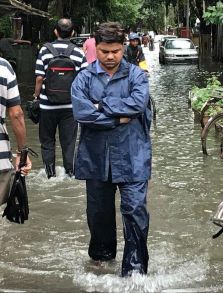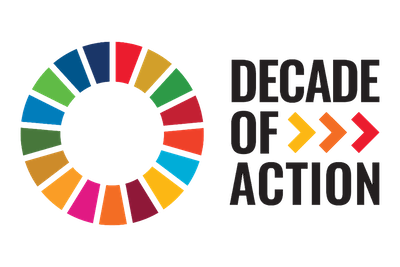
COVID-19 challenges the very fabric of human possibilities, survival and needs while amplifying the impacts of any ongoing crisis, especially the one faced currently by South Asia. Against a backdrop of critical socioeconomic vulnerabilities, the sub-region is now confronting the pandemic along with extreme events like tropical cyclones, recurring flood hazards, as well as outbreaks of water/vector-borne diseases. The increasing complexity from cascading risks is leading to greater uncertainties in policy responses. Given the current pandemic, the centrality of the health sector in protecting lives is paramount-. However, a paradigm shift in overall policy response is urgent- where all economic and social sectors begin accounting for the systemic risks stemming from both biological and natural hazards.
Toward this, there are three key breakthroughs that will support the future course of regional cooperation to deal with our shared dilemmas:
Health systems must be risk informed
Health systems in South Asia face a triple burden. The medical community is challenged with infectious diseases, non-communicable diseases and emerging and re-emerging diseases, along with disaster impacts and the COVID-19 pandemic. This August, Mumbai received 198 mm of rain in four hours- the heaviest since 2005. Floods in North Bangladesh displaced 2.2 million people in the middle of battling the pandemic. Cox’s Bazaar’s refugee camps filled with Rohingya refugees are already on the brink of collapse from the pandemic- additional flooding meaning impending doom. These widespread floods are also exposing more and more under five children to diarrhoeal disease. Now, those shifted to temporary shelters due to flood evacuation also run the risk of measles on top of COVID-19. Additionally, future drought situations will drive the cycle of malnutrition among rural populations crippling developmental efforts to eradicate Severe Acute Malnutrition (SAM). In floods, droughts and pandemics, human health takes a beating, compromising growth, impacting the immune system, adding to mental health woes and deepening existing inequalities.
Despite the compelling situation, regional investments in GDP for healthcare are abysmally low and the number of trained medical professionals are far and few to meet the growing population needs and demands of the healthcare industry. To counter these challenges, it is important to revisit the paradigm in which health systems operate and put forth a policy that is supported by systemic risk informed health planning at all levels of care- from both policy and practice perspectives. Health and disaster risk reduction policies simultaneously should engage in complex risk scenario building which support community health safety, regardless of the hazard. The years leading into 2030 may continue to expose the region to hitherto unknown hazards but developing systemic risk-informed policies have the potential to create a water-shed moment for development and resilience.
New standard operating procedures must be developed to account for cascading risks
Current health systems of all tiers in the sub-region lack holistic risk-informed preparedness to combat growing risks to people. Preparing health professionals not just from a perspective of curing diseases, but requiring disaster preparedness to be the very ecosystem of risk informed health systems, will be key to putting in place a renewed standard operating protocol which not only meet the requirements of complex and cascading scenarios of the future, but also protect health professionals and those who seek their care.
Medicine teaches physicians-in-training to inspect, palpate and auscultate a human body, but it does not teach physicians in training how to correlate climate risk and human health, how to implement programmes to reduce malnutrition while addressing floods and drought-like situations or how to navigate both disease and disaster-based systems simultaneously. At a primary level of care, a disaster resilient health infrastructure with trained medical officers and allied health science personnel must be established. At the secondary level of care, the ability to address the biological and natural hazard risk locally is crucial and at a tertiary level, the ability to handle surge capacities with immediate deployment of makeshift processes can make the difference between a life saved or a life lost. This must naturally ensure protection of health professionals and also those who seek care.
Regional cooperation for climate-disaster-health nexus is imperative
The severe impacts of cascading risks on people calls for putting public health professionals at the table with policymakers in disaster risk reduction and economic and social sectors. The Asia-Pacific Disaster Report 2019 introduced a comprehensive riskscape that includes extreme and slow onset disasters as well as multi-hazard risk hotspots. It’s time to re-define the riskscape considering a disaster and health/pandemic nexus. A better understanding of cascading risks will help integration of disaster management and health sectors and will lead to have adequate representation from the public health sector and health-related NGOs to address the complex riskscape. Creating a novel approach to mitigate tripartite cascading risks towards climate, disasters and health calls for stronger regional cooperation to shift to a new, more holistic paradigm of policy building. Only then can we ensure that no one is left behind in the era of cascading crises.


